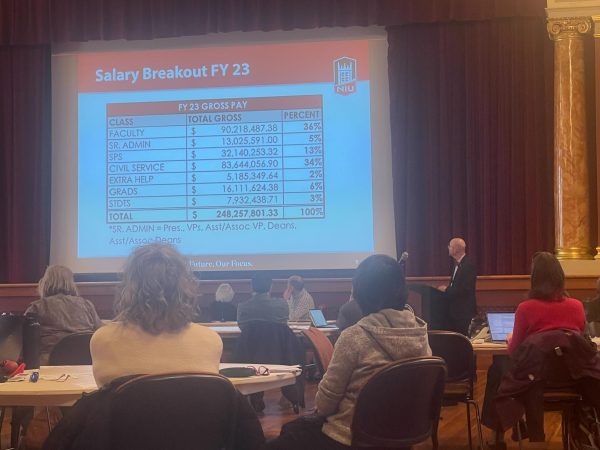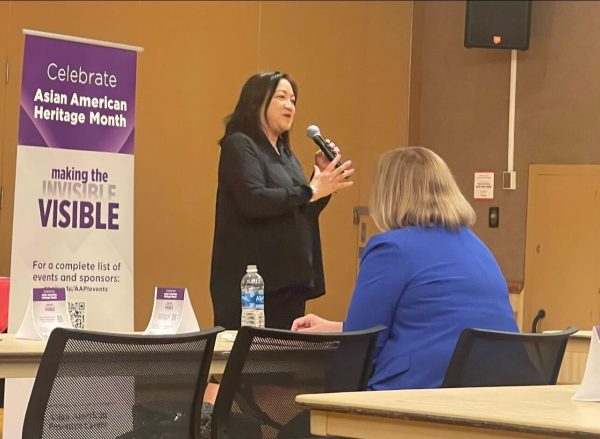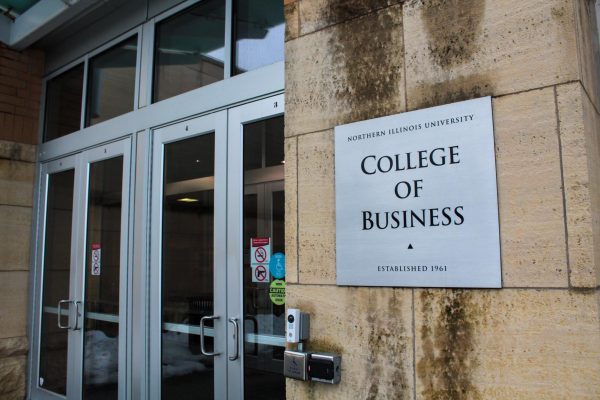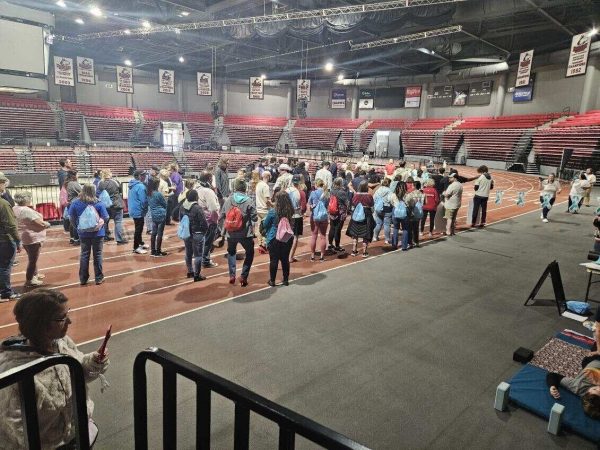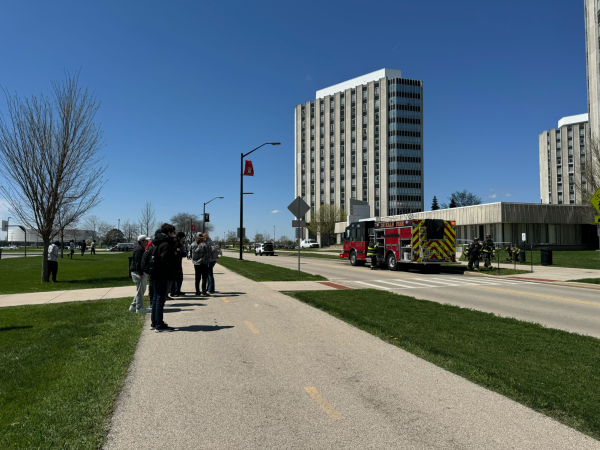TAs train to run class
September 12, 2016
DeKALB | In 1993, Carrie Helmig walked into Stevens Lab as a teaching assistant who was unprepared and unsure of what to expect, as she had no training to teach her recitation.
“They threw you to the wolves then,” Helmig said. “Literally, you go teach [and they tell you] ‘Here’s your classroom. Bye,’ and you’re like ‘Uh, what am I supposed to do?’ There was [no training] at the graduate school level. There was nothing at the division level. There was nothing at the department level.”
Helmig, undergraduate adviser and recruiting assistant of the Division of Statistics, said she is determined to keep the teaching assistants in her department from reliving the same uncertainty she had 23 years earlier.
“It is actually a privilege, or as my director called it, a higher calling, to be here and be able to help these students who don’t really want to be in statistics,” Helmig said. “So we try to show the [teachers assistants] that [first,] you’re [going to] need professionalism, and [second,] you’re [going to] have to show some respect; you’re [going to] have to show a lot of respect.
Teaching assistants in the Division of Statistics are taught how to operate technology, use Blackboard, properly grade a paper, communicate effectively to students and run a classroom during their mandatory training.
“The training is about a four-hour session where they explain all the rules, sexual harassment policy, ethics policy, and then we’re required to attend two breakout sessions; they’re like an hour or two long and run by the master teacher,” said Aaron Zolotor, teaching assistant in the Department of Mathematical Sciences.
Teaching assistants attend one day of training with NIU and one day with their department. However, whether or not the amount provided is adequate varies among teaching assistants.
“I think it depends on who the teaching assistant is, because I have an English [teaching assistant] and she’s actually not that bad,” said Francisco Avedo, freshman political science major. “Like, she’s really good. My math [teaching assistant]? That’s a whole different story, because you can tell that he’s good at math and all. Like, he knows what he’s talking about, but it’s like he doesn’t have that presentation. His delivery isn’t there.”
To ensure training is effective, faculty members in the Division of Statistics evaluate teaching assistants during the fourth through sixth week of the semester.
“We’ll either stand out in the hall or sit in the classroom to see how [they] are doing, and then we’ve got a little form that we fill out and we call them in and say ‘this is what we discovered,’” Helmig said. “[We tell them] ‘this is what we feel you can do better in, or this is what you’re doing well in.’”
Teaching assistants in any department wishing to better their teaching tactics can take 14 different graduate teaching assistant programs Sept. 8 to 15. Any 10 of these programs must be attended in order to earn a graduate teaching certificate, which will qualify teaching assistants to teach in community colleges.
“I think it’s nice the university is setting up and filling that void instead of throwing students, like I said, to the wolves, which is why when the Division of Statistics started doing this,” Helmig said. “I’m like ‘oh, I’ll do it.’ I don’t want anyone walking in like [I did].”




